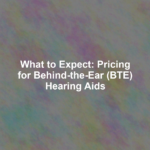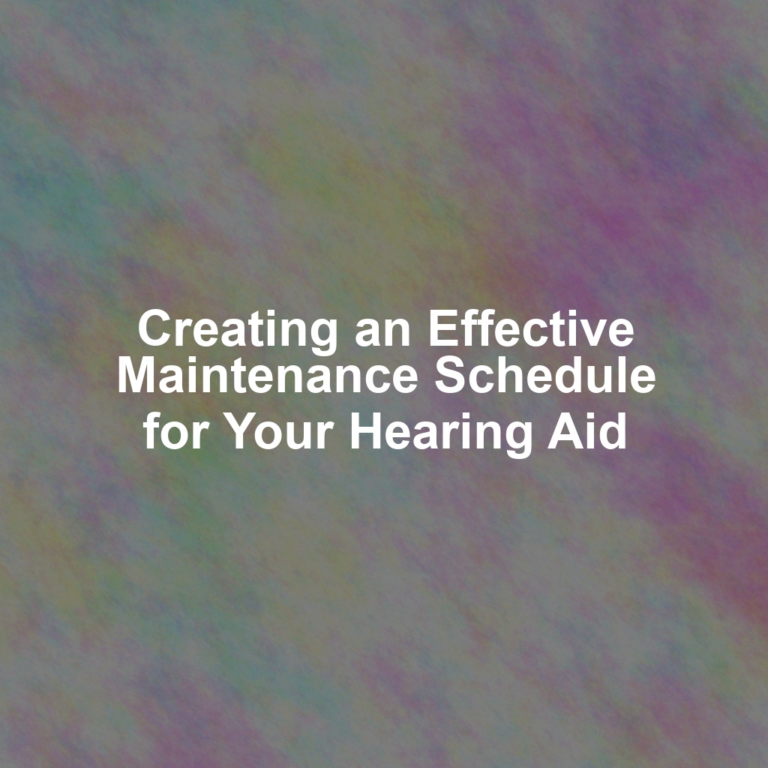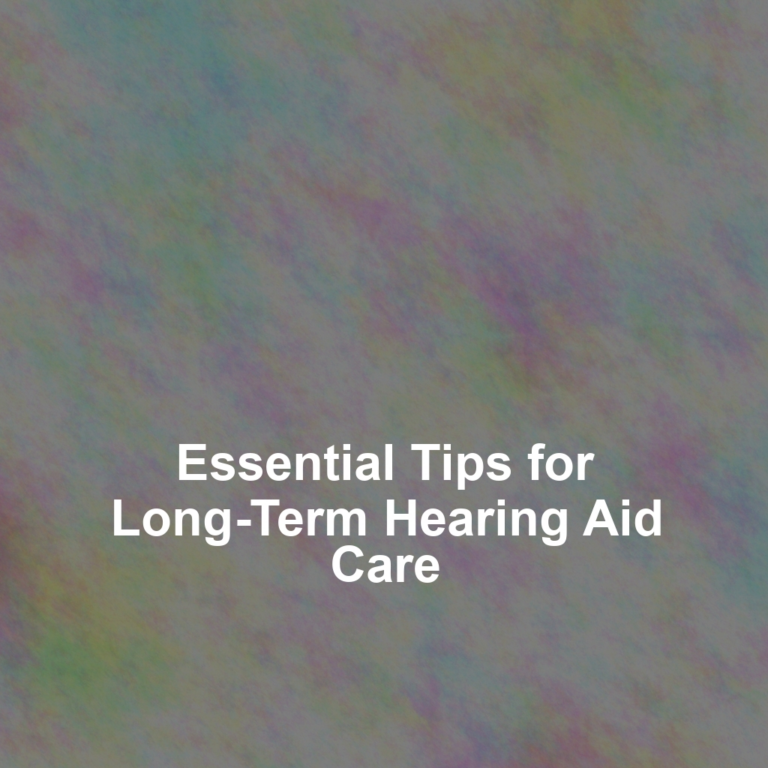When John, a retired librarian, first noticed his hearing loss, he was advised to invest in Behind-the-Ear (BTE) hearing aids, which his audiologist claimed were the most suitable for his condition.
As you begin your journey to improved hearing, youG??ll quickly find that the cost of BTE hearing aids isnG??t a one-size-fits-all figure; itG??s influenced by various factors such as technology level, brand, and additional features. On average, you might expect to pay anywhere from a few hundred to several thousand dollars per device.
Besides the initial outlay, there are ongoing costs like maintenance and batteries that can add up over time. As you weigh the pros and cons of this significant investment, youG??re likely wondering what drives the price difference and how you can find the right balance between quality and affordability.
WeG??re about to explore the nuances of these devicesG?? pricing and the hidden costs that arenG??t always apparent at first glance.
Understanding BTE Hearing Aids
Grasping the basics of behind-the-ear (BTE) hearing aids is crucial as you explore options for improving your hearing experience. These devices, designed to amplify sound, sit comfortably behind your ear. A clear plastic tube then directs amplified sound into your ear canal through a custom ear mold or a small dome, which means youG??ll hear more effectively.
YouG??ll find BTE aids come in various sizes, from the larger traditional models to mini BTEs, offering discretion and comfort. TheyG??re equipped with advanced features like directional microphones, wireless connectivity, and rechargeable batteries. These features enhance your listening experience, allowing you to focus on conversations without straining to hear.
When assessing BTE hearing aids, consider the degree of your hearing loss. TheyG??re suitable for most hearing loss levels, from mild to profound. The larger models typically have more power, making them a good fit if your hearing loss is more severe. Moreover, they provide ample space for controls and larger batteries, which means you wonG??t be fumbling around trying to adjust settings or worrying about frequent battery changes.
Factors Influencing BTE Prices
While you consider the right BTE hearing aid for your needs, itG??s essential to understand the various factors that affect their prices. The cost can be influenced by a range of elements that you should carefully consider:
-
Technology and Features
-
Cutting-edge advancements, like superior noise reduction, can significantly raise the price.
-
Wireless connectivity allows you to sync with devices, adding convenience but also cost.
-
Premium brands often charge more for their reputation and perceived quality.
-
Smaller manufacturers might offer competitive pricing with similar features.
ItG??s not just about the device itself; services associated with the purchase can also play a role in the overall cost:
- Professional Services and Support
- Fitting and customization by a qualified audiologist ensures the best experience but adds to the expense.
- Ongoing maintenance and follow-up visits contribute to long-term value and care for your hearing health.
Average Cost Range for BTE
The average cost for behind-the-ear (BTE) hearing aids typically ranges from $1,000 to $6,000 per device, depending on the factors previously discussed. YouG??re probably wondering why thereG??s such a wide price range. Well, itG??s all about the bells and whistles. Basic models at the lower end of the spectrum tend to have fewer features and may not offer the same sound quality or durability as the pricier options.
As you move up the price ladder, youG??ll find BTE hearing aids with advanced noise reduction technologies, wireless connectivity, and rechargeable batteries. These high-end devices often boast a more natural listening experience and come with added conveniences, such as smartphone compatibility for easy control and customization.
Remember, youG??re not just buying a piece of technology; youG??re investing in your quality of life. So, consider not only the cost but also the value it brings to your day-to-day interactions. ItG??s also worth noting that some insurance plans may cover a portion of the cost, and financing options are available to help make the expense more manageable.
Ultimately, when youG??re ready to choose a BTE hearing aid, itG??s essential to balance your budget with your hearing needs to find the best fit for you.
Additional Expenses to Consider
Beyond the initial purchase, youG??ll need to budget for ongoing costs such as maintenance and repairs, batteries, and potential professional fitting fees associated with your BTE hearing aids. These costs can add up over time and significantly impact your overall investment in hearing health.
Remember, the joy of hearing your grandchildG??s laughter or the soothing sound of rain against your windowpane hinges on the consistent performance of your hearing aids. HereG??s what you might expect:
-
Maintenance and Repairs
-
Cleaning tools and supplies
-
Professional service fees when DIY isnG??t enough
-
Batteries
-
Regular purchases, as they can last anywhere from a few days to a couple of weeks
-
Consider rechargeable options, which could save you money in the long run
Investing in a good warranty or protection plan might ease the burden of unexpected costs. Additionally, you might encounter fitting fees if your hearing aids require adjustments or if you need a new ear mold. These professional services ensure your hearing aids are tailored to your ears, providing comfort and the best possible sound quality.
Embrace the peace of mind that comes with knowing youG??re prepared for these additional expenses. Your hearing is priceless, and ensuring its clarity is an ongoing journey thatG??s well worth the investment.
Tips for Budgeting and Purchase
To navigate the financial aspect of acquiring behind-the-ear hearing aids, start by setting a realistic budget that includes both the initial cost and the long-term expenses. Investigate what features you need and prioritize them. You donG??t want to overspend on advanced features youG??ll never use, nor do you want to underinvest and miss out on necessary functionality.
Next, do your research. Compare prices and options from different retailers and manufacturers. Look for promotions or discounts that may apply to you, such as those for veterans or members of certain organizations. DonG??t forget to check if your insurance plan covers part of the cost or if there are financing options available that can spread the cost over time.
Consider the value of good aftercare services when you purchase your hearing aids. Some vendors include fitting, maintenance, and repairs in their pricing, while others may charge extra. Make sure youG??re clear on whatG??s included.
Lastly, save where you can. If there are older models that fit your needs, they might be available at a lower price. Just make sure theyG??re still supported and can provide the quality of hearing assistance you require. Being thorough in your research and smart with your choices will help you find the right BTE hearing aids without breaking the bank.
Conclusion
As you explore BTE hearing aids, remember that prices vary widely based on technology, features, and brand. YouG??ll likely spend between a few hundred to several thousand dollars. DonG??t forget to factor in extra costs like batteries, maintenance, and potential financing fees.
When budgeting, consider your specific needs and prioritize features thatG??ll enhance your daily life. Look for deals, insurance options, and possible financing plans to make your purchase more affordable. Your hearing is worth the investment.











